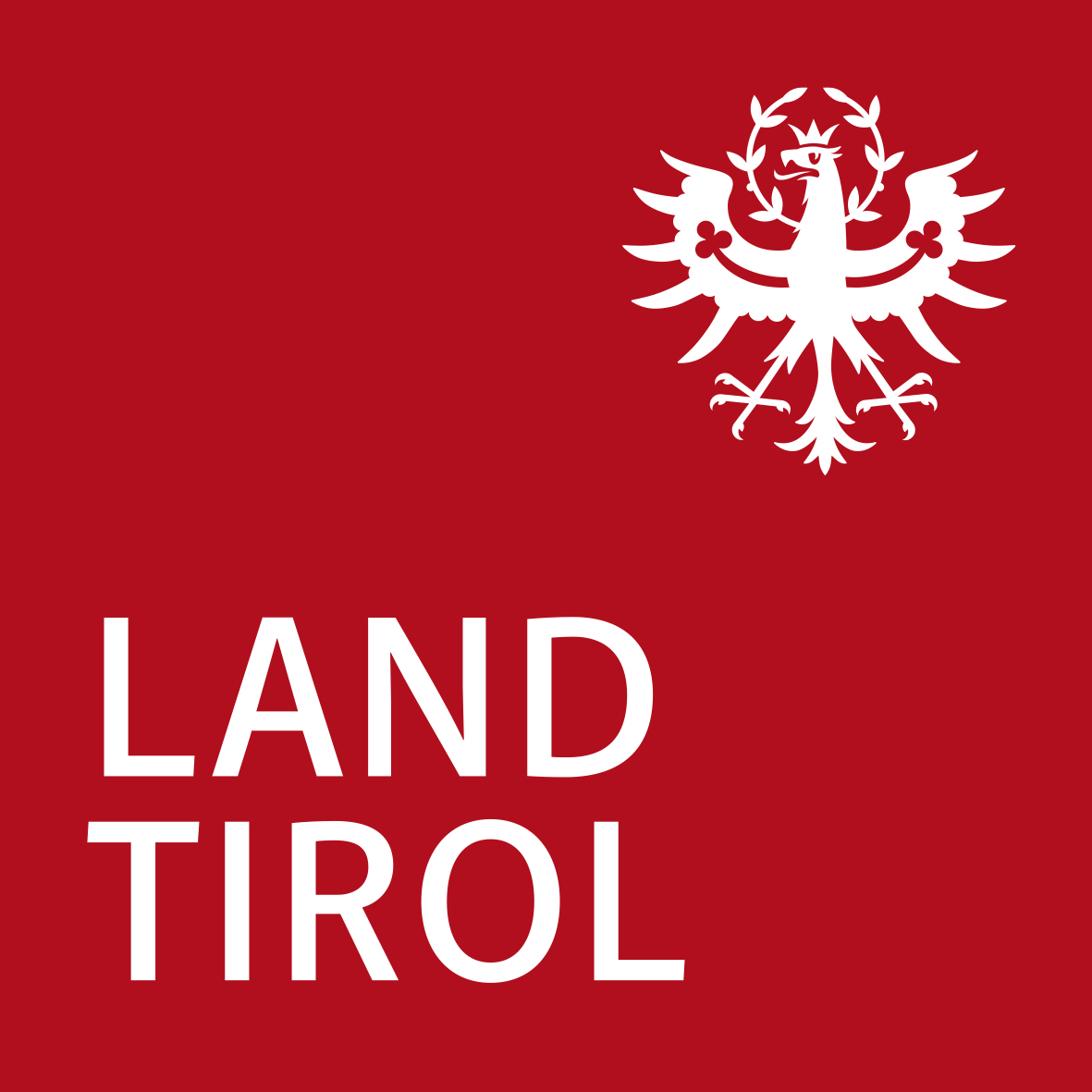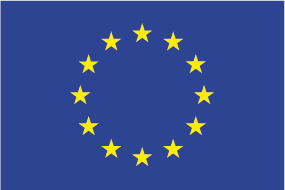The usual workflow of creating a katalogue, magazine, workbook or a similarly content rich print application in small, medium or sometimes even large companies would work as follows:
The company decides to have a new catalogue created. The existing advertising agency or a new one is hired. Content is gathered from different resources, usually old printed versions, database dumps and existing sales tools, excell tables, word documents, emails, csv and other wildly inconsistent and unusable forms of data.
Usually a lot is missing, the rest is not complete and/or does not follow a certain schema or quality standard. Most of it is only gathered and not approved, sorted or checked for errors before giving it to the creatives. Consistent and professional image material is missing entirely most of the times or just available in sizes, formats and resolutions not suitable for production.
The agency or graphic designer will draft a nice layout from a briefing and the input pile of not really usable data. At this point a lot of work will go into generalizing and unifying content parts and designing for this structure of data, at the same time this creates a massive source of errors. The company/client will like and approve the first drafts of single page layouts. There is a "good to go!" for layouting the complete thing.
After a massive typesetting effort some kind of brochure or book is ready to be checked and approved by the client. This is the FIRST moment the client can get an impression of the entirety of gathered contents, because it is the first time they are visible all together in some common and comparable form. This is also the FIRST time the client company will be able to check the entirety of contents for validity in one place.
Suprise! Most of it will wrong, outdated, incomplete or inconsistent. Then the feedback and correction madness starts. Every new round of correcting things inside a production file is a new source of potential errors, typos, transfer- and typesetting mistakes. Furthermore this is the part of the process where massive unplanned costs, efforts and fees are created, because working on content inside a professional printing design file is basically not how things are meant to be done.
As the timeline gets shorter and shorter, more and more errors will be overlooked and both the creators and client employees will grow tired of checking the same things over and over. The result is a massive pile of improvised content loaded with inconsistencies and errors.
At some point even the responsible marketing employees and managers will grow tired and stressed about the deadline and approve for the next steps out of time pressure and not out of satisfaction.
In such a production this would be the moment to start multilingual production. Forementioned document potentially still contains A LOT OF errors and mistakes. After painstaking weeks of transferring wildly different formats of provided translations into the production file everything is set back to the review-feedback-correction madness cycle again. Because entirely new errors in foreign languages are introduced to the document. But now multiplied by languages.
As the marketing and sales departments decide the new production is worthy to be shown to higher management, the budgets for designing and creation will likely be used up or already blown up beyond any repair.
Then the CEO decides that some changes to the design have to be made. Or the structure of product data is not ok. Or some things are missing. Now thousands of pages have to be edited, in multiple languages. A guaranteed recipe for catastrophies. A real drama unfolds in terms of cost, planning and errors. Agencies are kicked out, employees are fired, budgets have grown into something absolutely unreasonable and every contributor will be happy to just have survived.
While funny to watch and being a steady source of memes and trauma, that whole thing does not help anyone. The client is left with a insanely expensive production in terms of budget, time and blocked employee potential. The agency has troubles to earn something from a basically not handleable project and everyone in the project teams was worn out by overtime, nightshifts and chaotic last-minute correction marathons.
No one will be satisfied by a production like that. Designers who should care about information transmission and beautiful layouts that generate interest and desire are damned to never ending feedback cycles with many different proponents and their opinions. Sales and marketing employees who should advertise and sell are hold up checking things over and over again. Management is puzzled by being presented incomplete results and insane cost.
If you lived through some of the things above - both on client or agency side - you know how tiring and stressful such a failing production can get.
But relax - there is another way!
ContentCrank provides you with a workflow where the client employees can focus on perfect content structure and consistent product information, while designers are developing template layouts at the same time as copywriters, photographers, illustrators and contributors all over the world add their part into a organized, sorted and manageable platform for your production.
The overall progress of content creation can be checked anytime and any piece of content has to make its way through several steps of approval. This way content gathering and design production are independent from each other and can run at the same time. That way timelines are kept short an effective. Global changes to content entities can be made any time or the entire content is just imported or updated from a client ERP/CRM/CMS database. The amount of missing images and files can be evaluated while the quality of existing ones is checked automatically. Translators can contribute constantly to any approved piece of content or the AI-translation dictionaries. Responsible managers can review any content, page or product anytime, add comments or demand changes and in the end approve it to send it to the next step of approval. The clients will see their entire content in all desired languages in one place before it is set into a complex layout and the page composition, chapters and structure of the layout to be exported is comprehensible.

